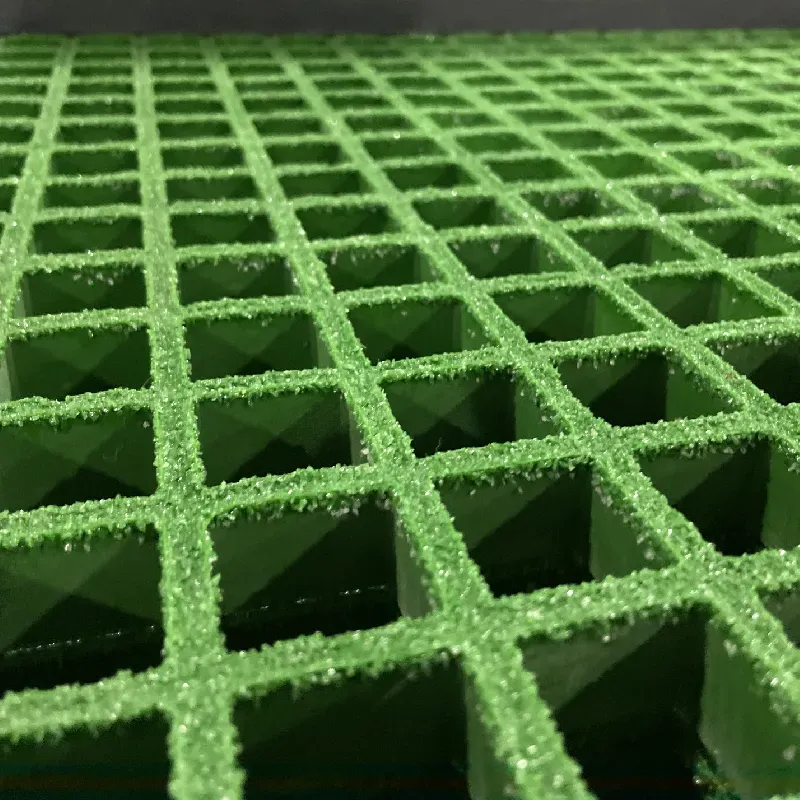loading...
- No. 9, Xingyuan South Street, Dongwaihuan Road, Zaoqiang County, Hengshui, Hebei, China
- admin@zjcomposites.com
- +86 15097380338
- Welcome to visit our website!
Innovative Fiber Water Tank Solutions for Sustainable Water Management
The Importance of Fiber Water Tanks in Modern Water Management
Water scarcity has increasingly become a pressing issue globally, and innovative solutions are required to tackle this challenge. One such solution gaining popularity is the fiber water tank. This modern alternative to traditional water storage systems offers numerous benefits, particularly in efficiency, durability, and environmental sustainability.
Understanding Fiber Water Tanks
Fiber water tanks are constructed using advanced composite materials, typically reinforced with fibers such as glass or carbon. This makes them lightweight yet exceptionally strong, enabling them to withstand harsh environmental conditions. Unlike conventional water tanks made from metal or concrete, fiber tanks are resistant to corrosion, rust, and the degrading effects of UV radiation. Consequently, these tanks have a significantly longer lifespan, reducing the need for frequent replacements or repairs.
Advantages of Fiber Water Tanks
One of the primary advantages of fiber water tanks is their flexibility in design and application. They come in various shapes and sizes, which makes them suitable for residential, commercial, and industrial uses. Whether used for drinking water, irrigation, or industrial processes, fiber tanks can be tailored to meet specific storage needs. Moreover, they can be installed both above ground and underground, making them ideal for areas with limited space.
Another notable benefit of fiber water tanks is their low weight, which simplifies shipping and installation. This characteristic is particularly advantageous in remote locations or regions with challenging terrain, where transporting heavy, traditional tanks can be logistically complex and costly. A fiber water tank can be easily transported and installed, significantly reducing the overall expenditure related to water management systems.
fiber water tank

Environmental Sustainability
In an age where sustainability is more important than ever, fiber water tanks present an eco-friendly option for water storage. The materials used in manufacturing fiber tanks can often be produced using recycled resources, minimizing environmental impact. Additionally, fiber tanks do not leach harmful chemicals into the water, ensuring that the stored water remains safe for human consumption and agricultural use.
Furthermore, by using fiber water tanks, communities can optimize water usage, reducing wastage and promoting conservation. These tanks can easily be integrated with rainwater harvesting systems, allowing for more efficient collection and storage of rainwater. This not only provides an alternative water supply but also helps in alleviating pressure on groundwater resources, which is vital for sustainable water management.
Conclusion
As the demand for effective water management solutions continues to rise, fiber water tanks emerge as a superior choice for both urban and rural applications. Their myriad benefits, including durability, lightweight design, and environmental sustainability, make them a valuable asset in the fight against water scarcity.
Transitioning towards fiber water tanks can significantly enhance water storage and management strategies, making them a critical component of sustainable development initiatives. Communities seeking innovative solutions to their water storage needs will find that fiber tanks provide a reliable, efficient, and eco-friendly option. As we continue to confront the challenges posed by climate change and population growth, adopting such advanced technologies will be pivotal in ensuring a sustainable water future for all.
-
Transform Your Spaces with FRP Grating SolutionsNewsNov.04,2024
-
The Versatility and Strength of FRP RodsNewsNov.04,2024
-
The Excellence of Fiberglass Water TanksNewsNov.04,2024
-
The Benefits of FRP Grating for Your ProjectsNewsNov.04,2024
-
Elevate Your Efficiency with FRP Pressure VesselsNewsNov.04,2024
-
Welcome to the World of FRP Pressure VesselsNewsOct.12,2024
-
Unveiling the Future of Filtration: Why FRP Filter Vessels are a Game ChangerNewsOct.12,2024
